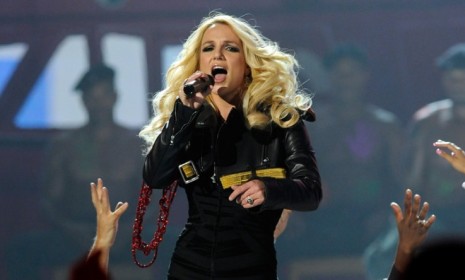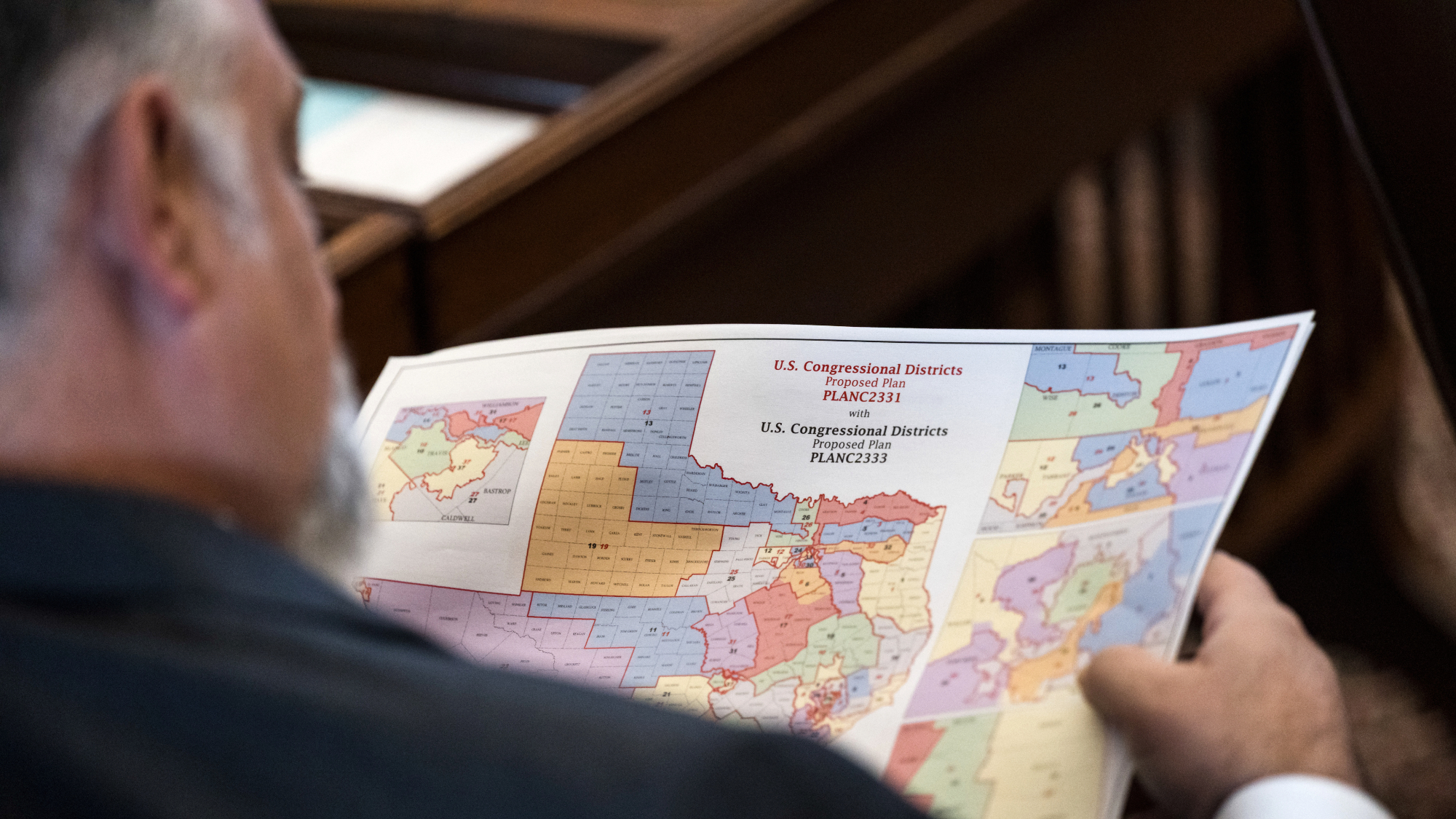The 'annoying' rise of U.S. women's 'growling speech'
Blame Britney Spears and Ke$ha. A low, creaky speech pattern has become increasingly common in young women

Researchers are noticing a trend emerging among college-age women. No, it doesn't have to do with fashion, hair, or sexuality; it's related to their vocal patterns. Scientists say an increasing number of these women are exhibiting a growly, creaky, "annoying" speech pattern known as vocal fry. Here, a brief guide to the rise of "growling speech":
What's happening?
A new study of young women in New York state has found that many are adopting a "curious vocal pattern" called vocal fry, or glottalization, which is characterized by "low, creaky vibrations." Pop stars like Britney Spears and Ke$ha sometimes deliberately use it to hit low notes or add intrigue to their singing. Kim Kardashian is also a notorious vocal frier. Once considered a speech disorder, vocal fry is the lowest of the three vocal registers, which also include modal and falsetto. "In other words, it is the sort of gritty, sexy voice that 85-year-old habitual smokers develop," says Roberta Anderson in the International Business Times.
The Week
Escape your echo chamber. Get the facts behind the news, plus analysis from multiple perspectives.

Sign up for The Week's Free Newsletters
From our morning news briefing to a weekly Good News Newsletter, get the best of The Week delivered directly to your inbox.
From our morning news briefing to a weekly Good News Newsletter, get the best of The Week delivered directly to your inbox.
How was the study conducted?
Researchers from New York's Long Island University looked at the predominance of vocal fry in college-age women. They recorded 34 young women speaking. Two speech pathologists then listened to and analyzed the recordings, looking for vocal fry. More than two-thirds of the women in the study were found to use vocal fry. Most often the subjects used vocal fry at the end of sentences. But more research is needed to determine how widespread this is, and why it's happening. "As a piece of research, this paper is more of an amuse-bouche than an entree," says Veronique Greenwood at Discover Magazine. "In the meantime, phoneticists, rejoice: You've now got an army of curious folks who will be listening for vocal fry wherever they go."
How and why does vocal fry happen?
It is produced when the vocal chords slowly vibrate and flutter. It's unclear why we might consciously or unconsciously choose to employ it. "It is possible that these college students have either practiced or observed this vocal register and modeled it to match popular figures," say the study's authors. It could also be a social link among young women, as they tend to creak when they get together. Others note that radio interviewers might use it to imply intimacy with their subjects.
A free daily email with the biggest news stories of the day – and the best features from TheWeek.com
Is this a bad thing?
Not necessarily. While vocal fry was once classified as a speech disorder and has the potential to damage vocal chords, researchers say the fry that the study's subjects exhibited isn't likely to do so because it was fairly sporadic. "In some ways, this work is a reminder that conversational English, though we don't think about it much, does have aspects of a tonal language," says Greenwood. "Mandarin Chinese has four different tones, each of which encodes explicit meaning, so one syllable, depending on the tone used, can have four very different meanings."
Sources: Discover Magazine, International Business Times, Jezebel, NYU Local, Science Now
-
 Supreme Court revives Texas GOP gerrymander
Supreme Court revives Texas GOP gerrymanderSpeed Read Texas Republicans can use the congressional map they approved in August at President Donald Trump’s behest
-
 Boat strike footage rattles some lawmakers
Boat strike footage rattles some lawmakersSpeed Read ‘Disturbing’ footage of the Sept. 2 attack on an alleged drug-trafficking boat also shows the second strike that killed two survivors who were clinging to the wreckage
-
 Elizabeth Gilbert chooses books about women overcoming difficulty
Elizabeth Gilbert chooses books about women overcoming difficultyThe Week Recommends The bestselling author shares works by Tove Jansson, Lauren Groff and Rayya Elias